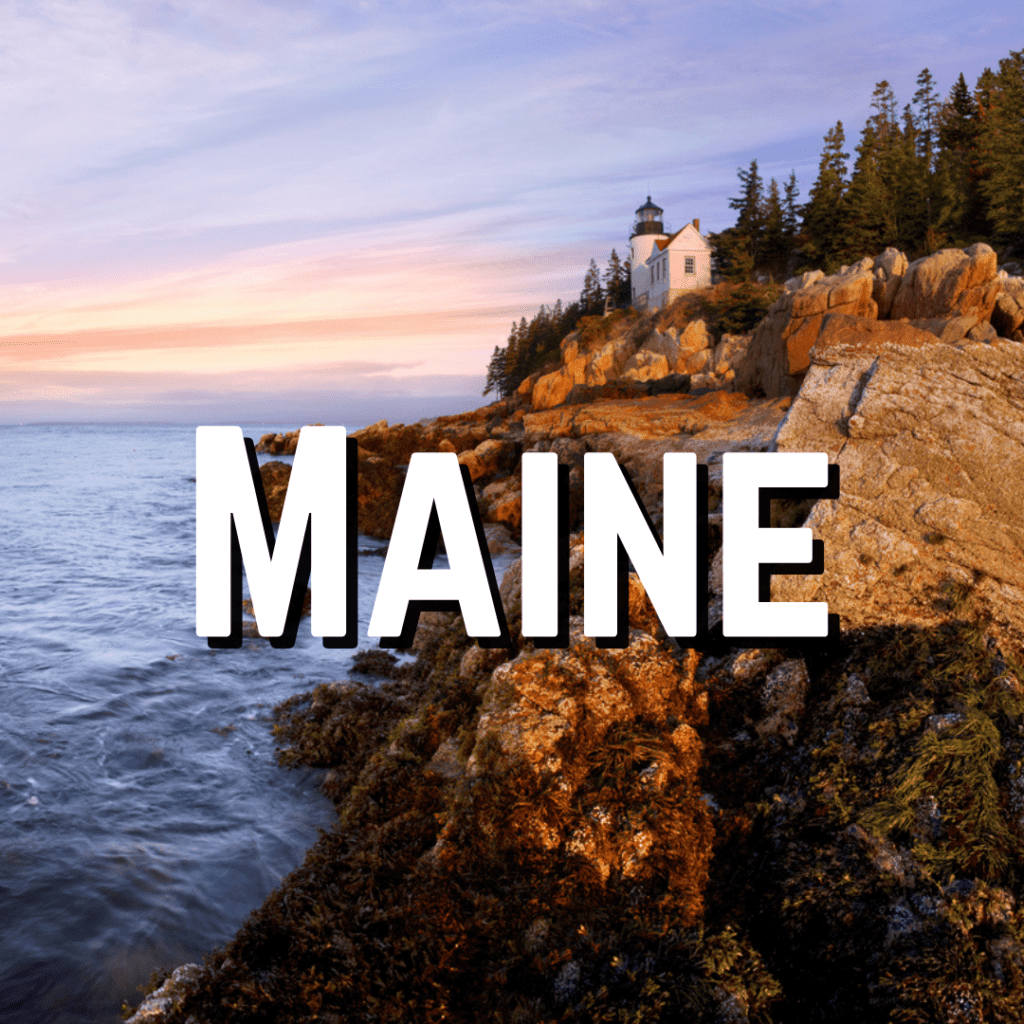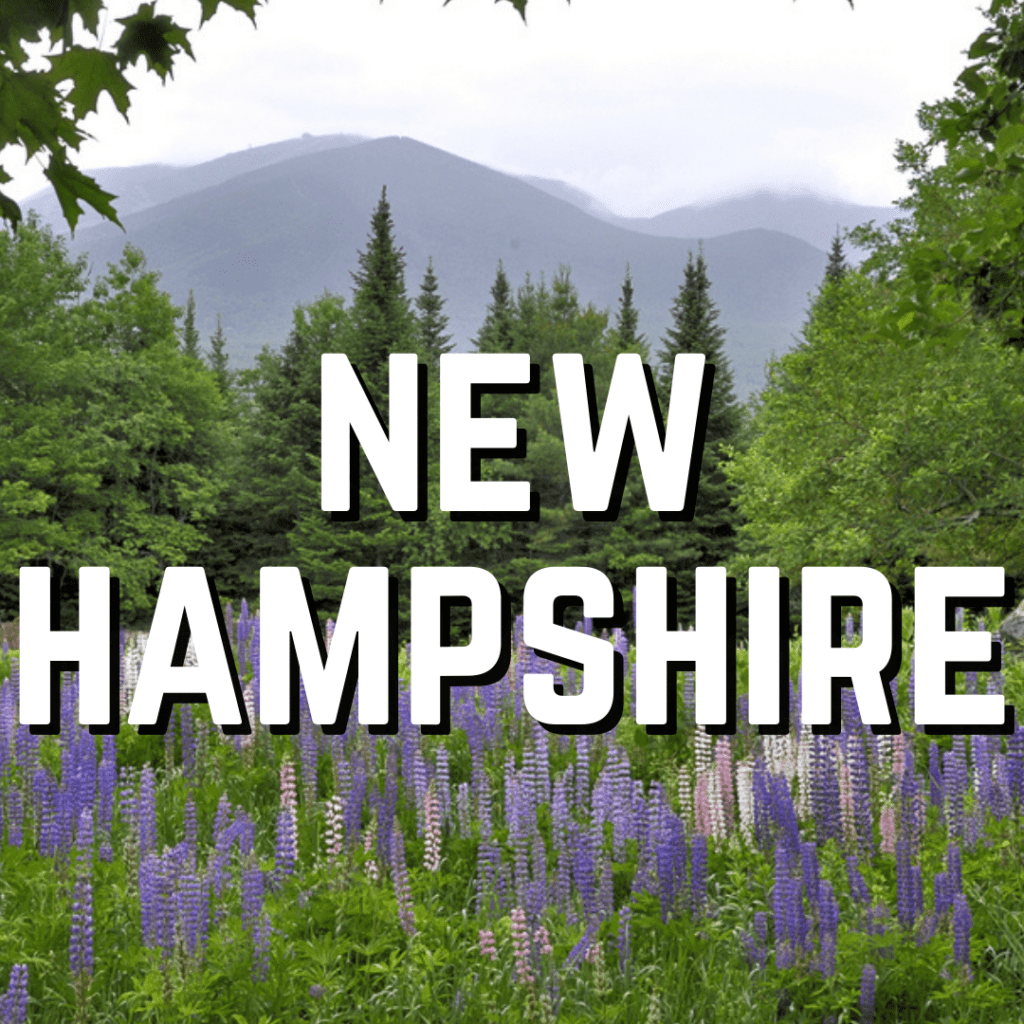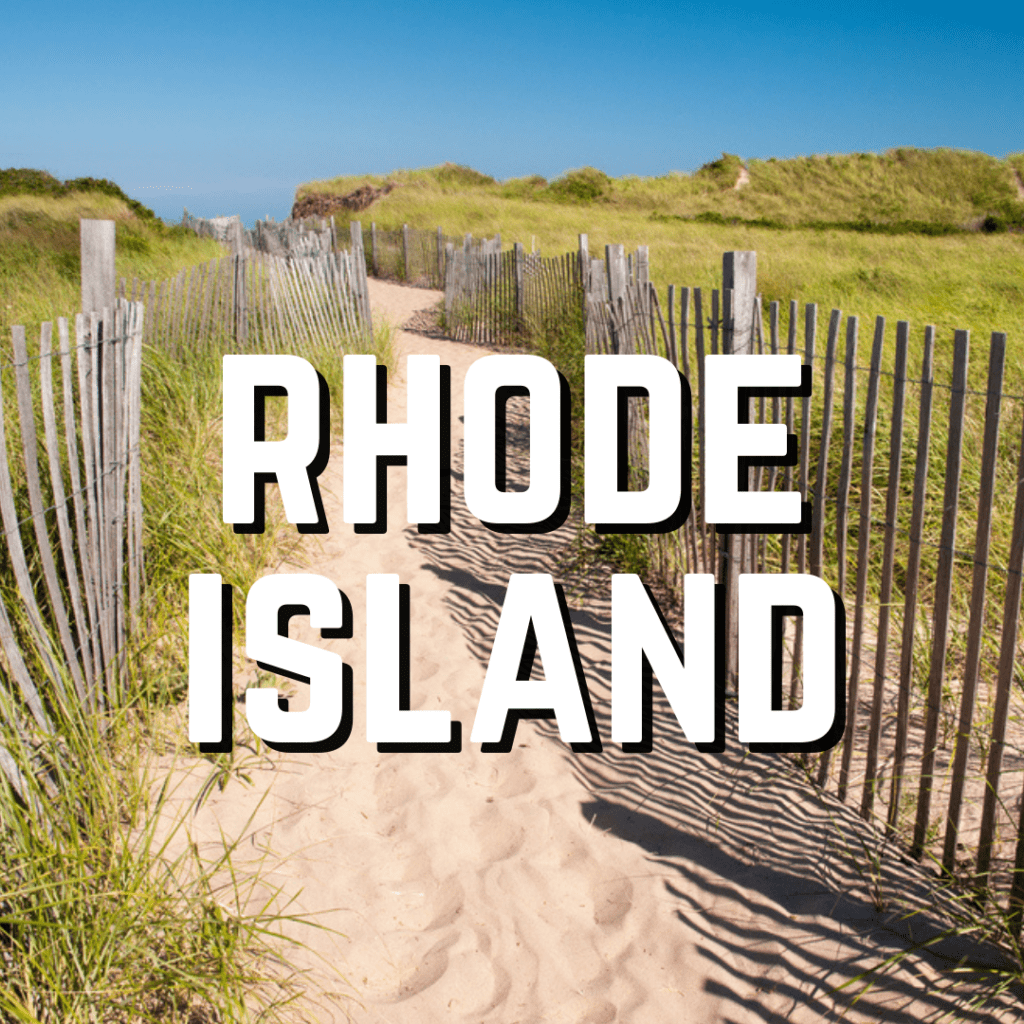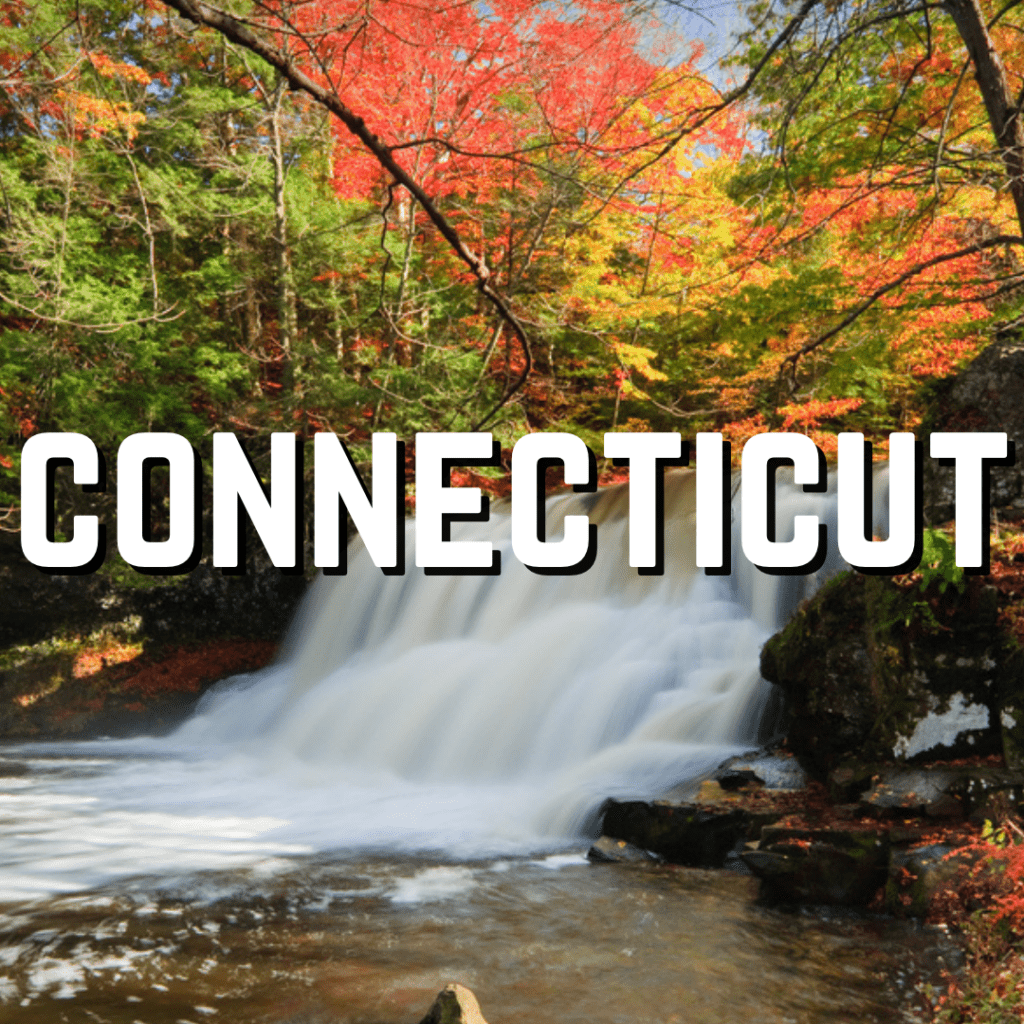New England With Love: Your Travel Guide to New England USA
Greetings! Welcome to New England With Love, a travel blog dedicated to sharing the best of New England. I’m so glad you are here!
You’ll find the site packed with resources: expert travel guides, detailed itineraries, road trip ideas, things to do, outdoor activities, and more, all designed to help you plan your New England adventure.
Wondering where to start? Below you’ll find the main travel guides for each New England state. These are the perfect starting point for planning your journey.
Or, if you’re not quite sure where you want to travel in New England, you might find inspiration here:
The Ultimate New England Bucket List






Hi, I’m Amy!

Hi there! I’m Amy Hartle, the Editor in Chief and founder of New England With Love. I’m here because I love New England, and I’ll bet that’s why you’re here, too!
You want to explore more of this amazing region, or you want to explore it for the first time!
I’ve been traveling New England for more than 20 years, and I created this site to share my favorite discoveries with you.
I became a New England travel blogger so I could help travelers like you find everything you need to help you plan an unforgettable northeast adventure.

